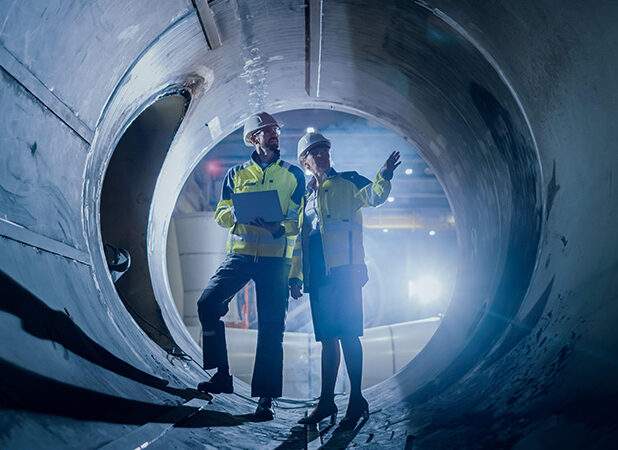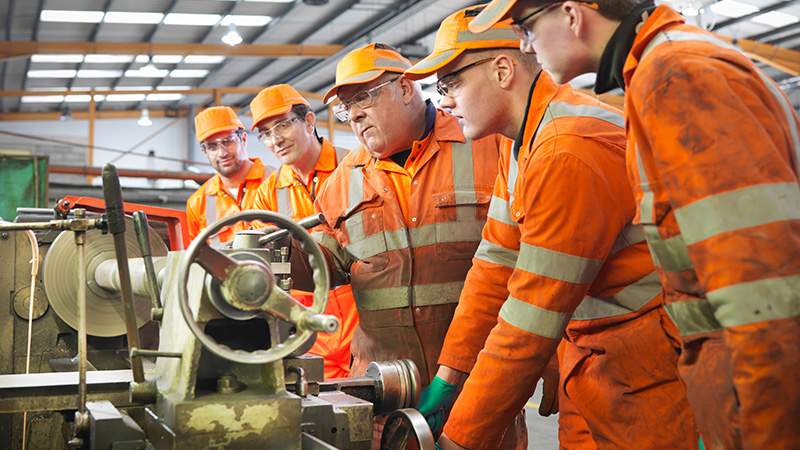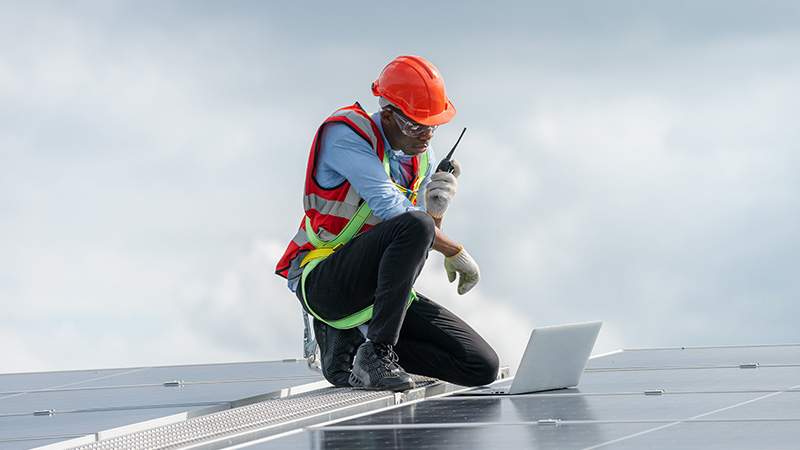What is transmission?
It is an essential aspect of the power grid system that allows electricity to be transported from where it is generated to where it is needed. The network comprises of high-voltage lines and substations, which help to transmit electricity across long distances, often spanning hundreds of miles.
How does transmission happen?
The process involves the conversion of electrical energy into electromagnetic energy, which is then transported through the power lines. At the substations, the voltage is typically stepped up, allowing for more efficient transmitting over long distances. This high-voltage electricity is then transported over long-distance transmission lines to distribution substations, where the voltage is stepped down for distribution to end-users.
The high-voltage lines used are typically made of materials with high electrical conductivity, such as copper or aluminum. These materials help to minimize the amount of electrical resistance encountered during the process, thereby reducing the amount of power loss during transportation.
Why is transmission important?
It is necessary to transport electricity from power plants to population centers and industrial areas, where the demand for electricity is high. This process allows for a reliable and efficient supply of electricity, ensuring that consumers have access to electricity when they need it.
In recent years, advancements in technology have allowed for more efficient and effective transmission of electricity. For example, high-voltage direct current (HVDC) technology has been developed, which enables more efficient transportation of electricity over long distances. HVDC technology is particularly useful for transmitting electricity from offshore wind farms or remote power plants.
Conclusion
In conclusion, transmission is an essential aspect of the power grid system that allows for the efficient and reliable pass of electricity over long distances. The use of advanced technologies and materials has helped to improve the efficiency of transmitting energy, enabling more reliable access to electricity for consumers.
At WTS Energy, we provide the best talent and expertise to professionals throughout all the streams of the energy industry. From recruitment to training to asset management, with us, your projects are in the right hands.
Frequently asked questions
What is the role of high-voltage lines in transmission?
High-voltage lines play a crucial role in transmission as they help to transport electricity over long distances with minimal loss of power due to electrical resistance. These lines are typically made of materials with high electrical conductivity, such as copper or aluminum.
What is the difference between transmission and distribution in the power grid?
Transmission is the process of transporting electricity over long distances from where it is generated to where it is needed. Distribution, on the other hand, involves the local delivery of electricity to end-users, such as homes and businesses.
How does technology impact transmission in the energy industry?
Advancements in technology have led to the development of more efficient and effective transmission methods, such as high-voltage direct current (HVDC) technology. This technology has enabled the more efficient transportation of electricity over long distances and has made it possible to transmit electricity from remote power plants or offshore wind farms.
.jpg)






